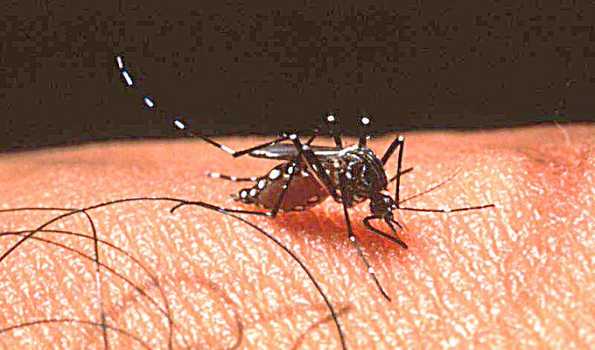Washington, Nov 17 (UNI) Dengue in the Americas has reached the highest number of cases recorded so far, with more than 2.7 million cases, including 22,127 severe cases and 1,206 deaths reported at the end of October 2019, the Pan American Health Organization (PAHO) update said.
According to the update, the largest previous epidemic of dengue was in 2015, but the 2019 number of 2,733,635 cases is 13 percent higher than the 2015 numbers.
Despite the increase in case numbers, the lethality rate, or proportion of deaths in dengue cases, was 26 per cent less in 2019, it said.
The four dengue virus stereotypes were present in the Americas and co-circulation of all four was reported in Brazil, Guatemala, and Mexico in 2019. Simultaneous circulation of two or more types increases the occurrence of severe cases of dengue.
Brazil, given its large population, had the highest numbers in this update, with 2,070,170 cases reported. Mexico had 213,822 cases, Nicaragua reported 157,573 cases, Colombia had 106,066 and Honduras 96,379 cases.
But the countries with the highest incidence rates, which link case numbers to population, were Belize with 1,021 cases per 100,000 population; El Salvador with 375 cases per 100,000 population;
Honduras with 995.5 cases per 100,000 population, and Nicaragua, which had 2,271 cases per 100,000 population, it further said.
The fifth country with highest incidence rate in the Americas is Brazil, with 711.2 cases per 100,000 population.
In the update, PAHO provides detailed advice on how to manage and treat cases of dengue, noting that ‘Early recognition of warning signs at different stages of the disease was critical in order to provide necessary health care and prevent progression to severe disease.’
PAHO also notes, ‘Risk communication and information to the public is essential during outbreaks to reduce adverse impact, decrease domestic breeding sites, and for affected persons to seek timely
medical assistance, and therefore prevent severe cases and deaths from dengue. Communication messages should focus on the identification of warning signs and obtaining timely medical assistance. In addition, communication campaigns should raise public awareness on the
importance of vector control interventions at home, identification of febrile cases, and special measures for vector control.’




